Dolly Suite Opus 56
-
Ships in 1 to 2 weeks
Details
Description
SKU: KJ.WP609
Composed by Gabriel Faure. Edited by Dallas Weekley and Nancy Arganbright. Collection. Neil A. Kjos Music Company #WP609. Published by Neil A. Kjos Music Company (KJ.WP609).ISBN 9780849797620.
Born in 1845, Gabriel Faure is considered to be one of the greatest French composers of the nineteenth century. His family was not musical, being butchers , smiths and military officers, but they encouraged young Faure to develop his musical skills. He had excellent training from his teacher, Camille Saint-Saens, who remained his lifelong friend.
Dolly is a collection of six pieces written over a period of three years (1894-1897). They were composed in honor of Helene nicknamed Dolly, who was the daughter of Faure's dear friend, the singer Emma Bardac. (Emma later became Debussy's second wife.)
The opening 'Berceuse' (Lullaby) suggests a moment of childhood peace and tranquility, perhaps Dolly rocking her doll to sleep. The second piece, 'Mi-a-ou' is livelie; its title has been interpreted in two different ways. Emile Vuillermoz sees in it the capricious bounds of the favorite family cat, its quick turns, its zigzag starts, its sudden cajolery, after which...it at last rests in the lap of its little mistress. On the other hand, Marguerite Long, on the basis of her friendship with Faure, asserts that the title is the nickname for Dolly's brother, Raoul.
The 'Le jardin de Dolly' (Dolly's Garden) represents a quiet stroll through a lovely flower garden. The mood is smimilar to that of Berceuse but the melody is less predictable with sudden turns toward chromaticism. Kitty-Valse is a sort of companion piece to Mi-a-ou, but its rhythm is more straightforward, and we find many unexpected turns in harmony, Its strong accents contrast with delicate, swirling scale patterns. Marguerite Long tells us that Kitty is a corruption of Ketty the name of the family dog!
'Tendresse' (Tenderness) is the most touching piece of the set. It suggests a conversation between am other and daughter. In the middle section the two melodc voices are shared by the primo and secondo players in a canon form with bass accompaniment. The seconds half of the first theme features whole-tone effects. In total contrast to this gentle piece, the final piece is 'Le pas Espagnol' (Spanish Dance), which Long says was inspired by a bronze equestrian statue that stood on the mantlepiece in Madame Bardac's house and was admired by young Dolly. Vuillermoz believes it depicts Dolly pretending to be a Spanish dancer, wrapped in her mother's shawl.
Song List (6)
- Berceuse (Lullaby)
- Mi-a-ou
- Le jardin de Dolly (Dolly's Garden)
- Kitty-Valse
- Tendresse (Tenderness)
- Le pas Espangnol (Spanish Dance)
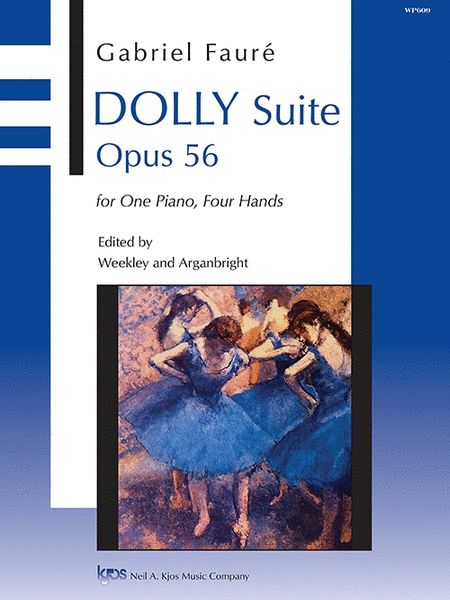
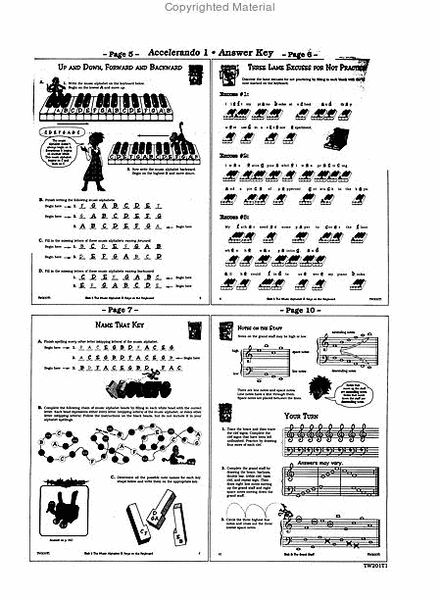
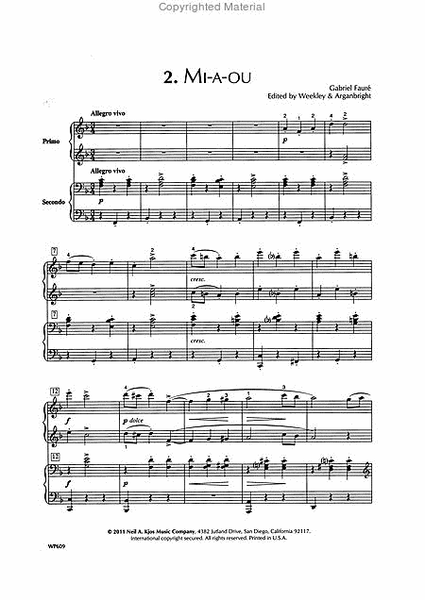
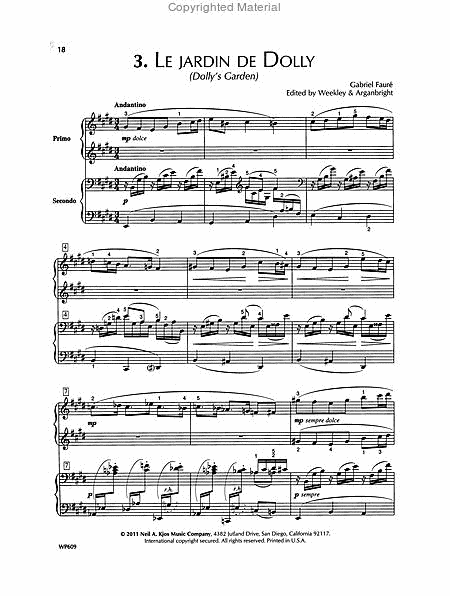
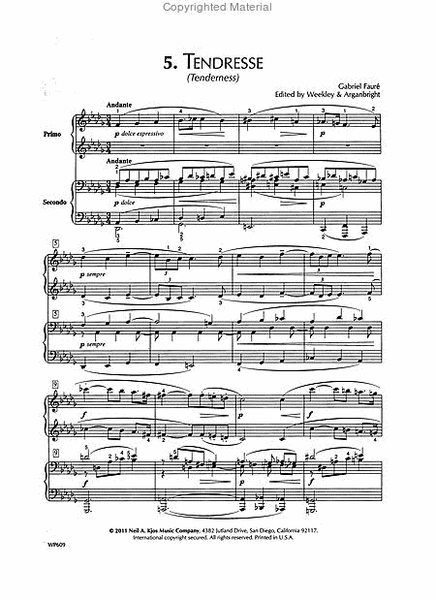
 Share
Share